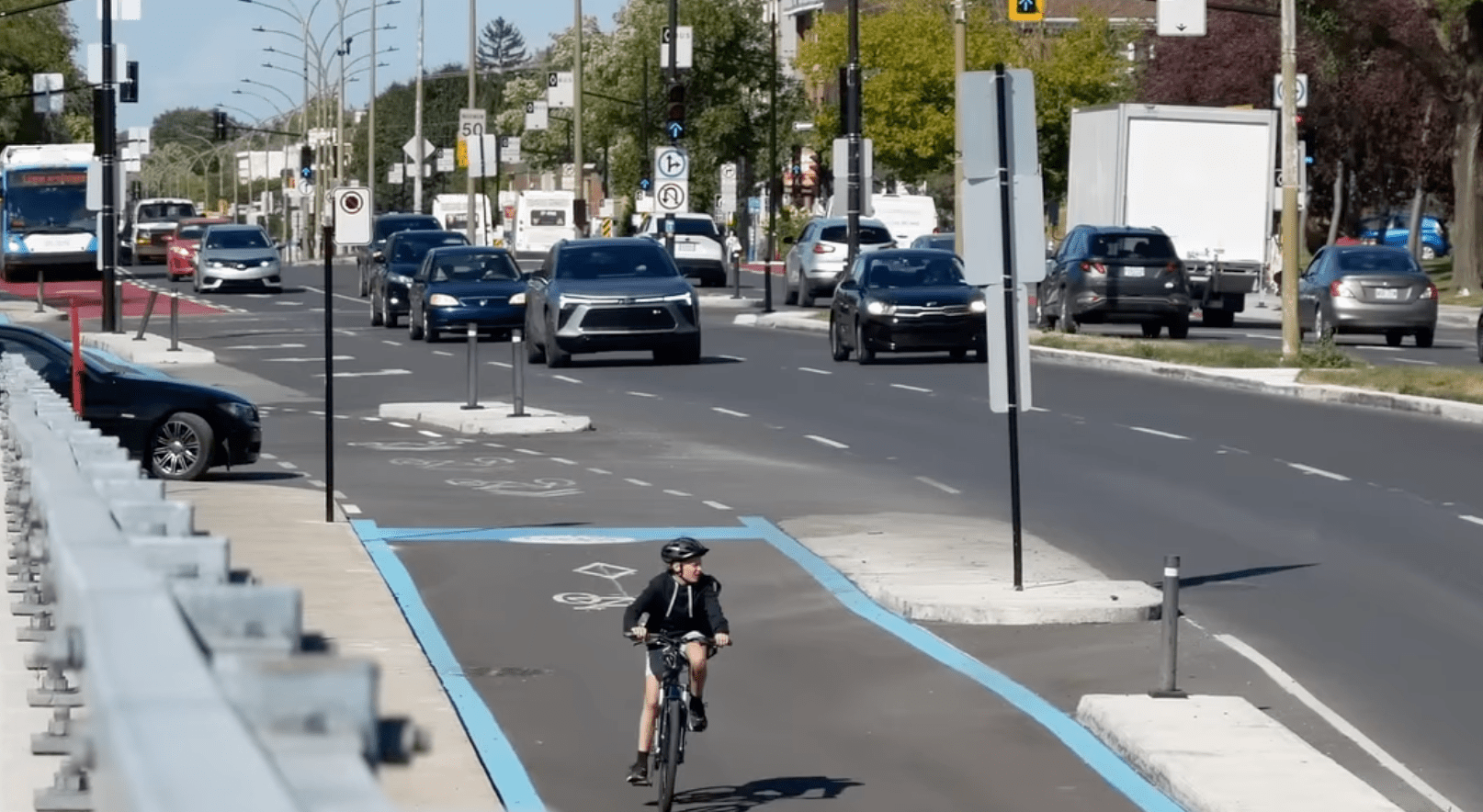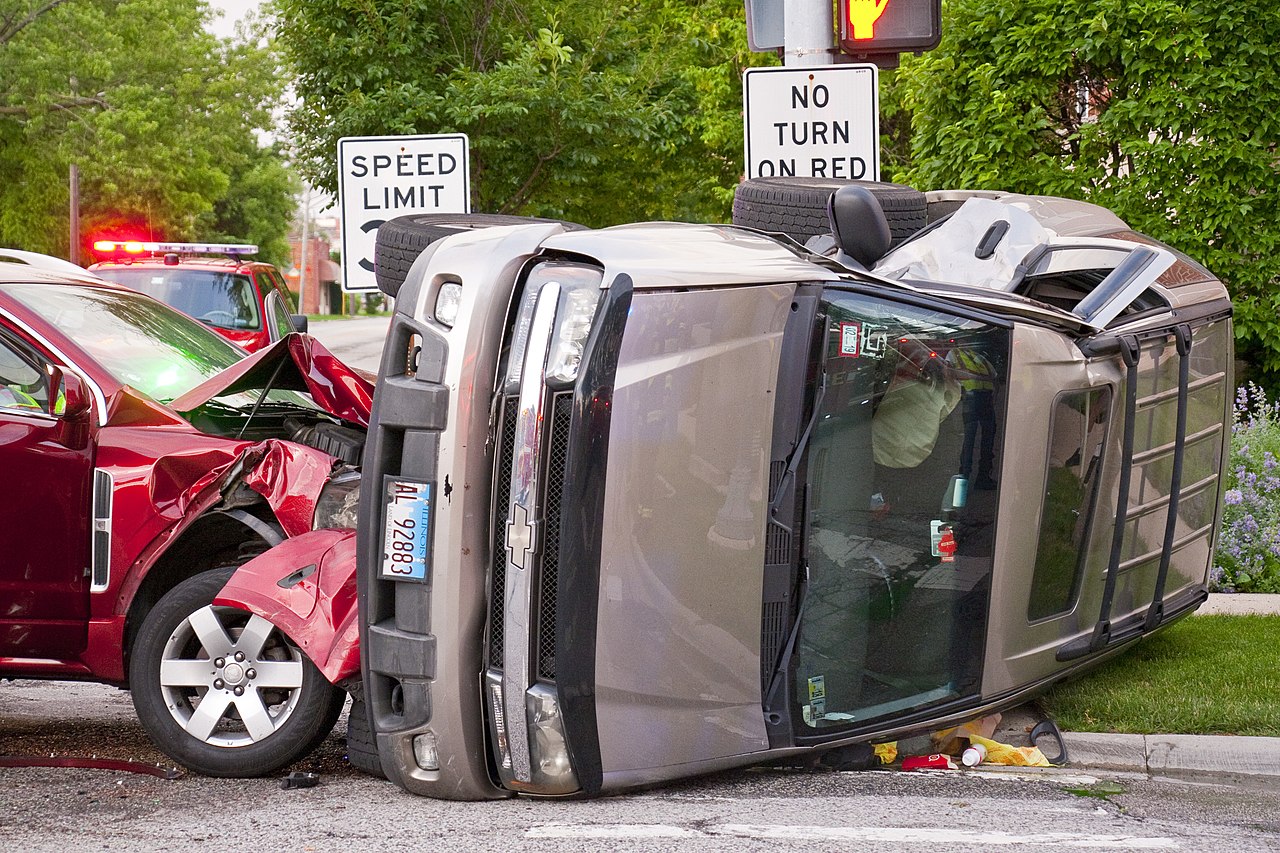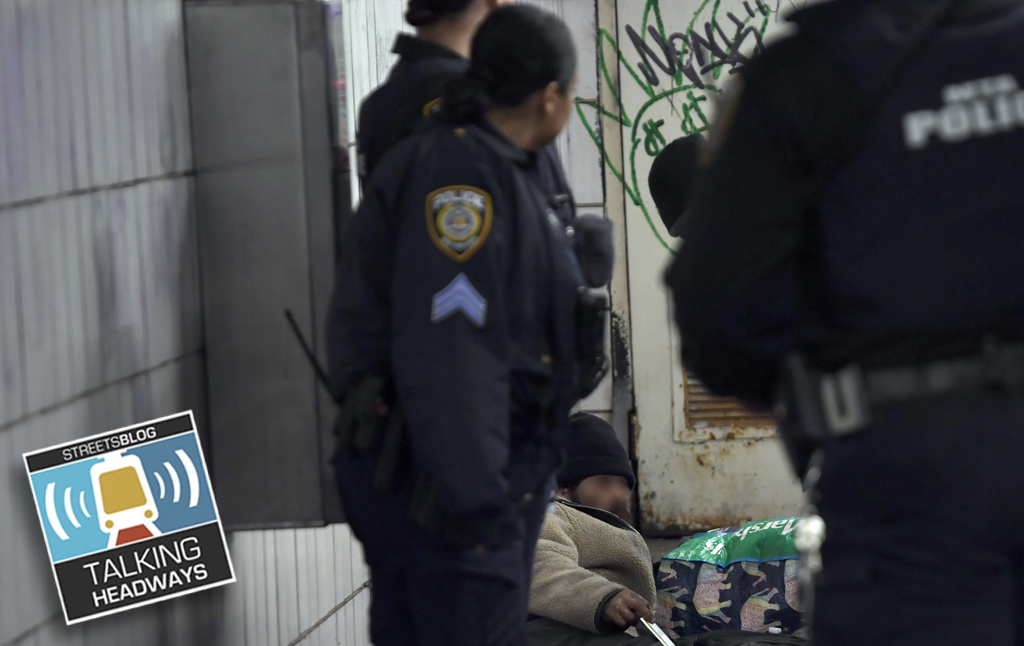"Why is Indiana Paying $255 Million for a Tunnel Under Kentucky's Trees?" asked the Indianapolis Star in a recent headline.
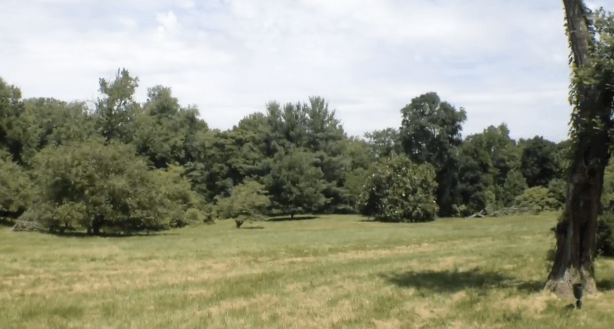
The paper was referring to the $2.6 billion I-265 bridge over the Ohio River, a joint project of Indiana and Kentucky. In a lot of ways, this project is your classic highway boondoggle. It involves a bridge widening to complete Louisville's outerbelt, and will purportedly help reduce "bottlenecks" caused by suburban commuters.
Clearly, the powers that be in these two states are thinking from the "more roads equals less traffic" mindset. What's truly fascinating is how far they were willing to take it in this case.
The most controversial element of this project, and there are many, is a plan to build a roughly $255 million tunnel under the grounds of a private residence -- the "tunnel under the trees." Costs for this expense will be split evenly between the two states.
So Indiana -- to the outrage of transit supporters -- is plunking down more than $100 million to build a tunnel of roughly 2,000 feet just over the border in Kentucky. Why?
The answer, according to Aaron Renn at the Urbanophile, is that "[Gov.] Mitch Daniels wants to."
But the official explanation is that the private residence in the path of the proposed bridge is a registered National Historic Landmark. It got its protected status 20 years ago, due to the efforts of a group that wanted to stop this particular road project.
Here's the story: In 1988, a group of residents in Jefferson County, Kentucky, applied for historic landmark status for the 55-acre Drumanard property, on the grounds that its owners once commissioned Frederick Law Olmsted, the father of landscape architecture, for some garden planning.
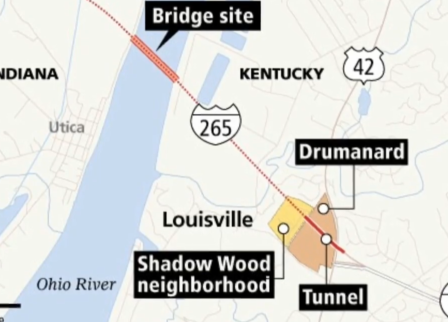
According to the Indianapolis Star, the group that filed the application, calling itself River Fields, knew that the site was the likely location of the highway bridge project. The group was worried about environmental impacts and sprawl. In a letter to a city official, the group explicitly stated that it hoped historic designation would raise the costs of building along that route to a prohibitive level, forcing the selection of another location.
Apparently the group never never imagined that the project's backers take that roadblock as an excuse the build subterranean infrastructure in rural Kentucky. The Star reports that officials in Indiana and Kentucky thought other sites were less advantageous, so they pushed ahead with the tunnel proposal, saying attempts to have the property de-listed as a landmark would take too much time.
So that's that. Despite the questions raised by the Indianapolis Star, a spokesperson for Gov. Daniels pledged continuing support for the project, saying "there are huge job and economic development possibilities."
The federal government approved the plan last Wednesday.
Now that we have heard from the state's "fiscally conservative" governor, let's hear what Indiana taxpayers have to say.
"Dear Indiana, please repurpose my taxes," wrote Curt Ailes this week at the blog UrbanIndy. Fellow UrbanIndy writer Kevin Kastner noted that the $255 million could have funded the IndyGo plan to dramatically expand transit options in greater Indianapolis for four and a half years -- a boost that would conceivably produce huge job and economic development opportunities of its own.
Meanwhile, Aaron Renn of the Urbanophile, a former Indianapolis resident, was even more critical.
"This is a deal that will live in infamy as Indiana’s worst transportation finance decision since the 1830s epic canal fiasco that bankrupted the state," he said. "I cannot think of another governor in modern times who so clearly acted contrary to his own constituents’ financial interests in a transportation project. "
Ailes, Kastner, and Renn aren't alone. According to the Star, highway officials on both sides of the river are getting barraged with letters, phone calls, and complaints in public meetings, hearing from local officials and residents alike that this tunnel is a bad idea.


